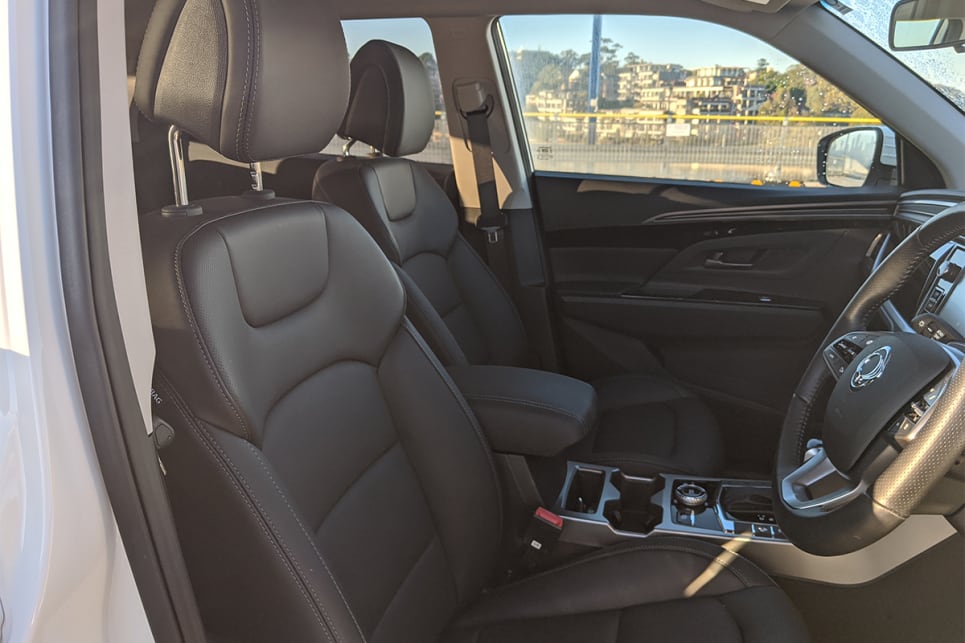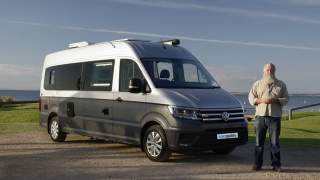Like with most new models, there is plenty to take in here, with an array of interesting exterior design cues that might not be to everyone’s taste. It is a solid-looking unit with a wide muscular front-end, a reasonably high roof line and a slightly odd-looking rear-end.

The side profile has plenty going on, too, with crease lines running in various directions and the door handles positioned at different heights. The large wheel arches house a nice set of 19-inch alloys, which do lend a touch of premium to the overall look.
Inside, the fit and finish of the cabin is rather simple, with monotone dark grey used throughout and a mixture of hard plastics. You can see SsangYong has attempted to convey a premium look and feel, but it hasn't quite been pulled off, with the buttons and switchgear having a cheaper feel to them.


















